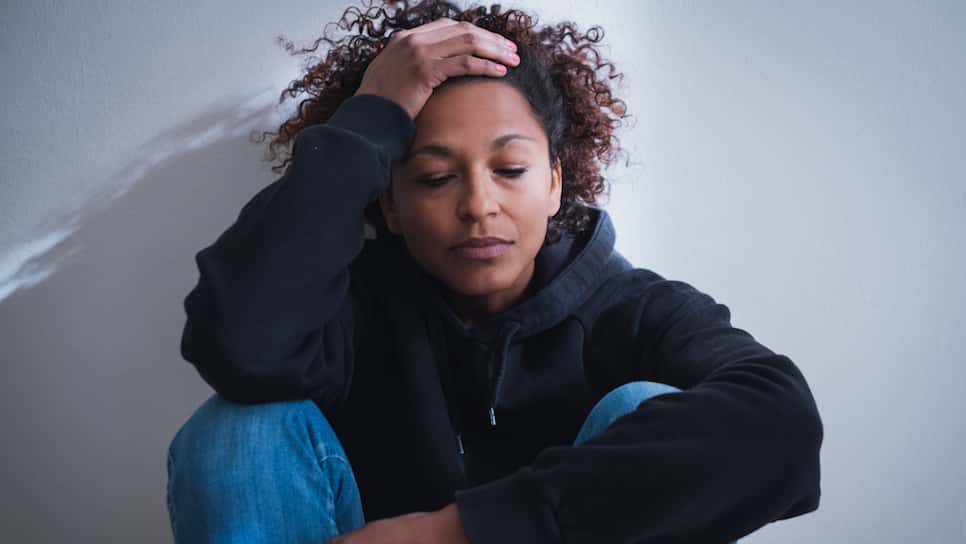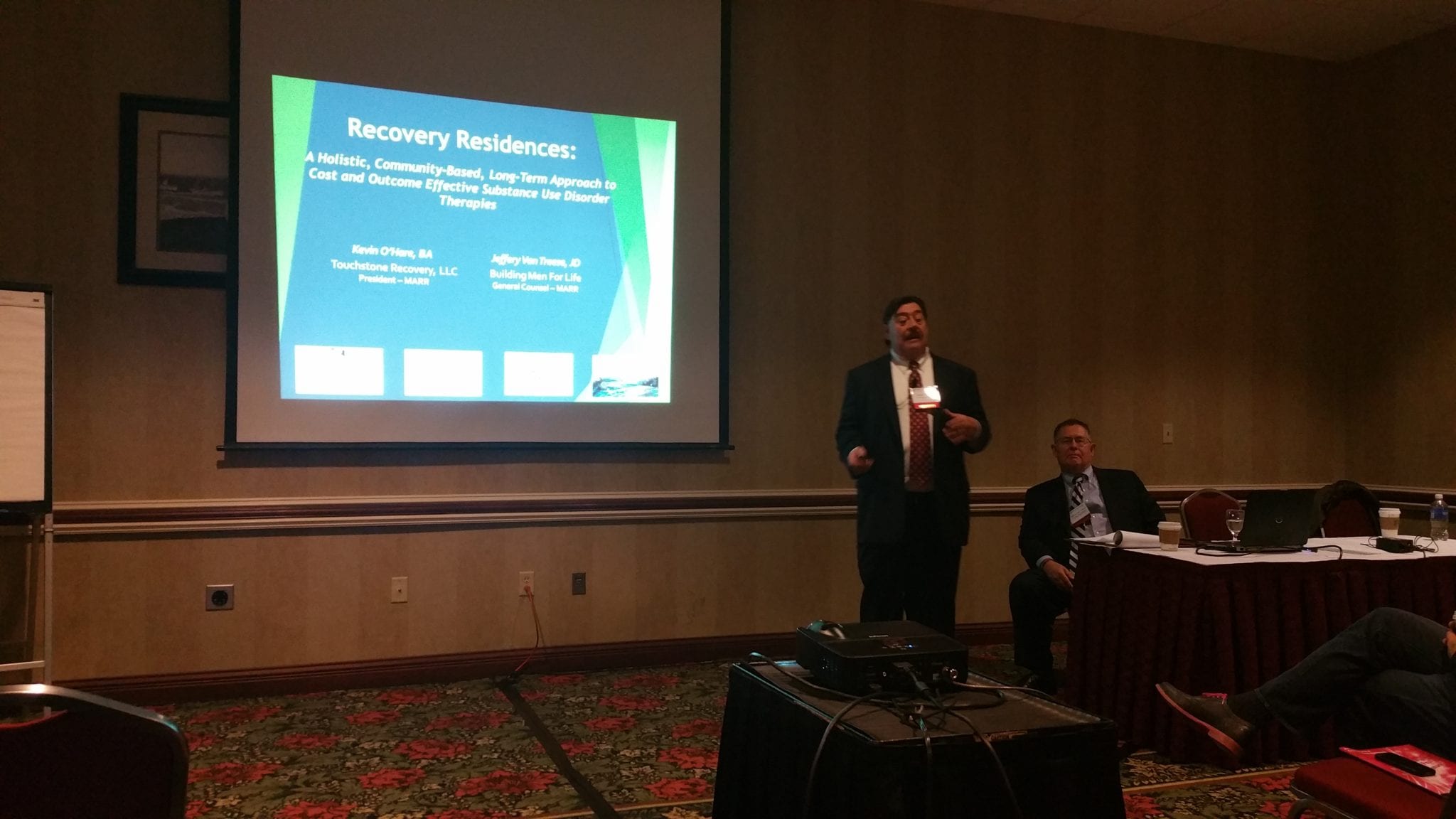So-called "illness of anguish" compound usage conditions, suicides, and alcohol-related diseasesare significantly prevalent. Every day in the United States, more than 130 individuals pass away after overdosing on opioids. Levels of stress and anxiety and depression are perceived to be rising in countries like the United States and UK; on the other hand, opioid-related deaths went beyond automobile casualties in the United States as the leading cause of death in 2017. There's a growing awareness that supply is just part of the problem.
In a current BBC survey of 55,000 people, 40% of adults between 16 and 24 reported sensation lonesome frequently or extremely typically. According to a Kaiser Household Structure survey of abundant countries in 2018, 9% of adults in Japan, 22% in America, and 23% in Britain constantly or typically felt lonesome, lacked friendship, or felt overlooked or isolated.
" It's not the like treatment, but it can be encouraging in a manner that's as powerful, if not more so." SeekHealing aims to take embarassment out of recovery with a method that stands out from 12-step programs focused on accomplishing and maintaining sobriety. All participants in the program are referred to as candidates.

One-third are in long-lasting healing - what does addiction treatment involve from a doctor. And one-third have no compound abuse concerns, but are looking for connection of some kind. Every activity is complimentary to those in the neighborhood, which is presently limited to simply Asheville. SeekHealingJennifer Nicolaisen (center), founder of SeekHealing. Applicants set their own goals. They do not have to aim to be sober, only to improve their relationship with the compound which is triggering them harm.
Regression is "going back to patterns one is trying to prevent." The pilot program was launched in March 2018. As of 2019, on a spending plan of $65,000, the group has 200 candidates in the database; over half have been "paired," indicating they get together 2 to 3 times a month to talk and construct a mutual relationship (different from treatment, or codependence, which can happen in healing).
That listening training, a core academic component of the program, aims to undo the transactional method many individuals conversewith an intent to repair, solve, be clever, or react rapidly. Instead, the objective is to actually listen without judgement. This creates the conditions which permit the types of interactions that flood the brain with natural opioids and make us feel good.
4 Simple Techniques For What Is A Good Treatment Facility For Opioid Addiction
" We are simply being with each other." Aside from listening training, the calendar is packed with ways of building connection muscles, meeting people, doing things, and knowing (how could the family genogram be applied to the treatment of a family with addiction issues). There are Sunday meet-ups in West Asheville and connection practice conferences in which facilitators encourage vulnerability and substantive conversation. There are pick-up basketball video games, Reiki workshops, art therapy, and Friday night psychological socials (" no compounds; no small talk")." The entire project is a playground of various ways to help individuals feel connected in this deliberate, non-transactional method," states Nicolaisen.
Hunters report sensation substantially less depressed, and their sense of connection increased by 38%. Amongst 28 emergency situation care seekersthose who are at a high threat of overdosing21 actively engaged with the program (these individuals were recently detoxed); and 18 of them have actually succeeded in meeting their intentions to avoid using substances.
For context, with heroin, regression rates are 59% in the first week and 80% in the very first month. The goal is not just to help individuals recover, however also communities. In the US, which celebrates individual achievement above whatever, more people see isolation as a specific problem than their equivalents in the UK or Japan, according to a Kaiser Household Foundation study.
Her interest in brain systems is personal: at age 7, she was diagnosed with Tourette syndrome. She had an interest in what her brain could manage and what it couldn't. What was the difference in between a compulsive activity and an addicting one? What was "typical" and what was "sick"? Her work took her deep into the striatum, a part of the brain implicated in involuntary movements and compulsive habits, however which is likewise central to the impacts of dependency and social disconnection.
These compounds, the most typically understood of which are endorphins, have a comparable chemical structure to morphine, heroin, or oxycodone. But they are produced in the brain instead of the laboratory. A lack of strong social connection interferes with the balance among the brain circuits that utilize these feel-good chemicals produced by close relationships.
" Likewise, solitude creates an appetite in the brain which neurochemically hyper-sensitizes our reward system," she states." Solitude develops a hunger in the brain." Responding to the discomfort of solitude, which is widespread in society, our brains trigger us to look for benefits anywhere we can find it. "If we do not have the capability to link socially, we seek relief anywhere," she says.
Not known Details About What Are The Changes To The Treatment Addiction

Addiction is a condition that has biological origins, consisting of alleles that might make it hard to experience the subjective feeling of being linked. It also shaped by mental aspects, cognitive patterns, and distortions that make depression and anxiety even worse, and by the relationships we have in social environments. Recovery requires treatment across all 3 categories.
However the social aspects have been relatively overlooked. Wurzman says the medical community sees illness as being found in a person. She sees the signs in people, but the disease is also between individuals, in the method we relate to each other and the type of neighborhoods we reside in.
It can be rewired by reprogramming it with the deep social connections it longed for in the first place." We require to practice social connective behaviors rather of compulsive habits," she states. It is inadequate to just teach much healthier responses to cues from the social reward system. We need to restore the social reward system with mutual relationships to Addiction Treatment Facility change the drugs which alleviate the craving." Our culture and neighborhoods either develop environments that are either loaded with things that cause addictions to grow, or loaded with things that cause relationships to prosper," Wurzman says.
He started utilizing drugs when he was 12 or 13. He has used heroin, meth, and coke; overdosed 4 times; and been to prison as soon as. He relocated to South Carolina 4 years ago to be near his father and wound up on life support. When a buddy in rehabilitation recommended SeekHealing, Rob was deeply skeptical.
However he had a discussion with Nicolaisen, who is exceptionally warm and radiates a contagious vulnerability, and decided he would give it a shot." When I can be found in, I had a lot of shame and regret for remaining in active dependency for so long," he states. "I didn't understand who I was." He challenged his deep-rooted social anxiety by practicing conversations in safe areas with people he said really did not appear to be evaluating him.
" It causes you not to do things that trigger you happiness." Now Rob goes to the Sunday meet-ups and volunteers as much as he can to assist others. SeekHealing is only part of his recovery. He has been in and out of Narcotics Anonymous for years, and speaks with his sponsor every day, keeping in mind, "I require to be held accountable".